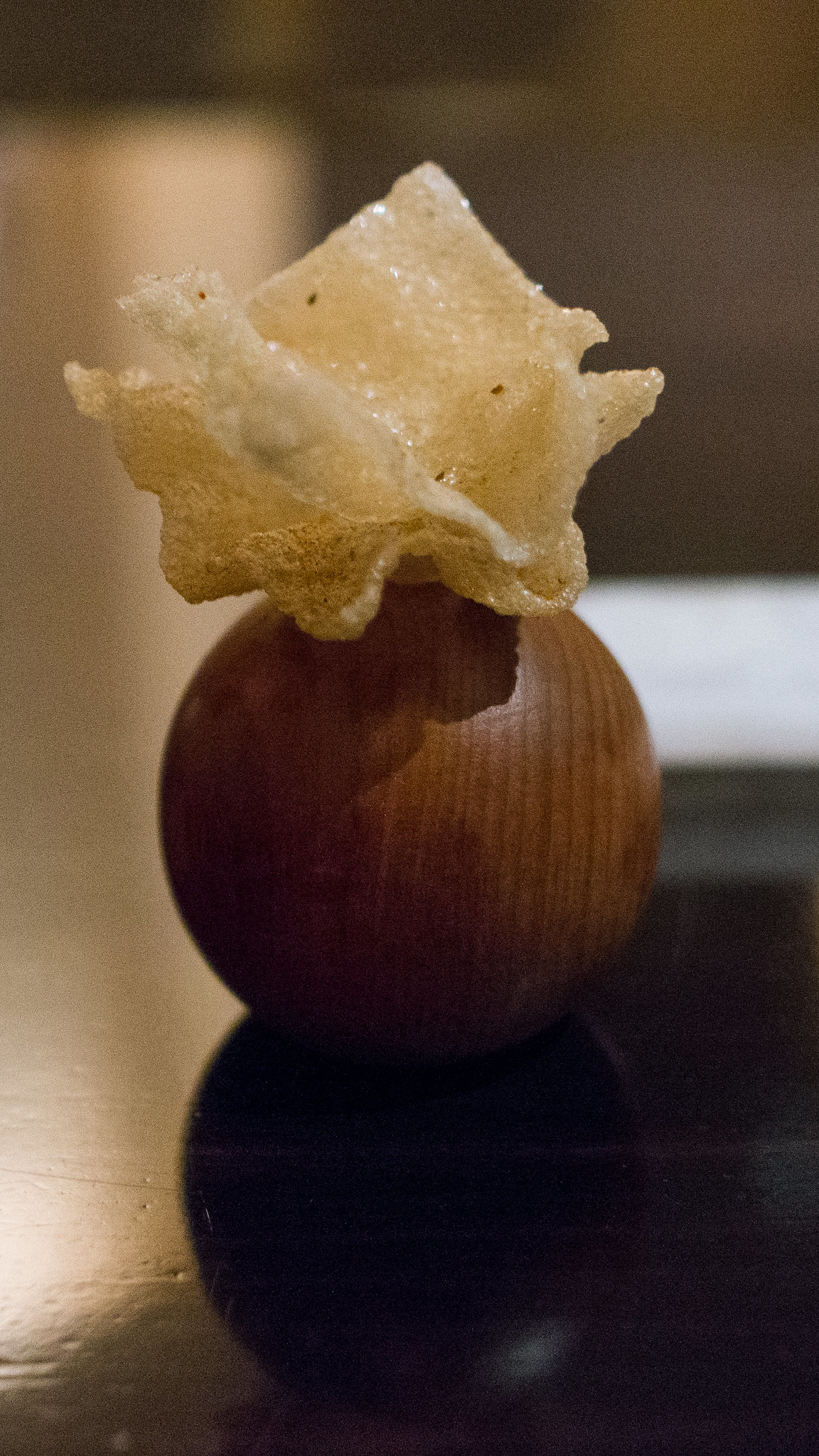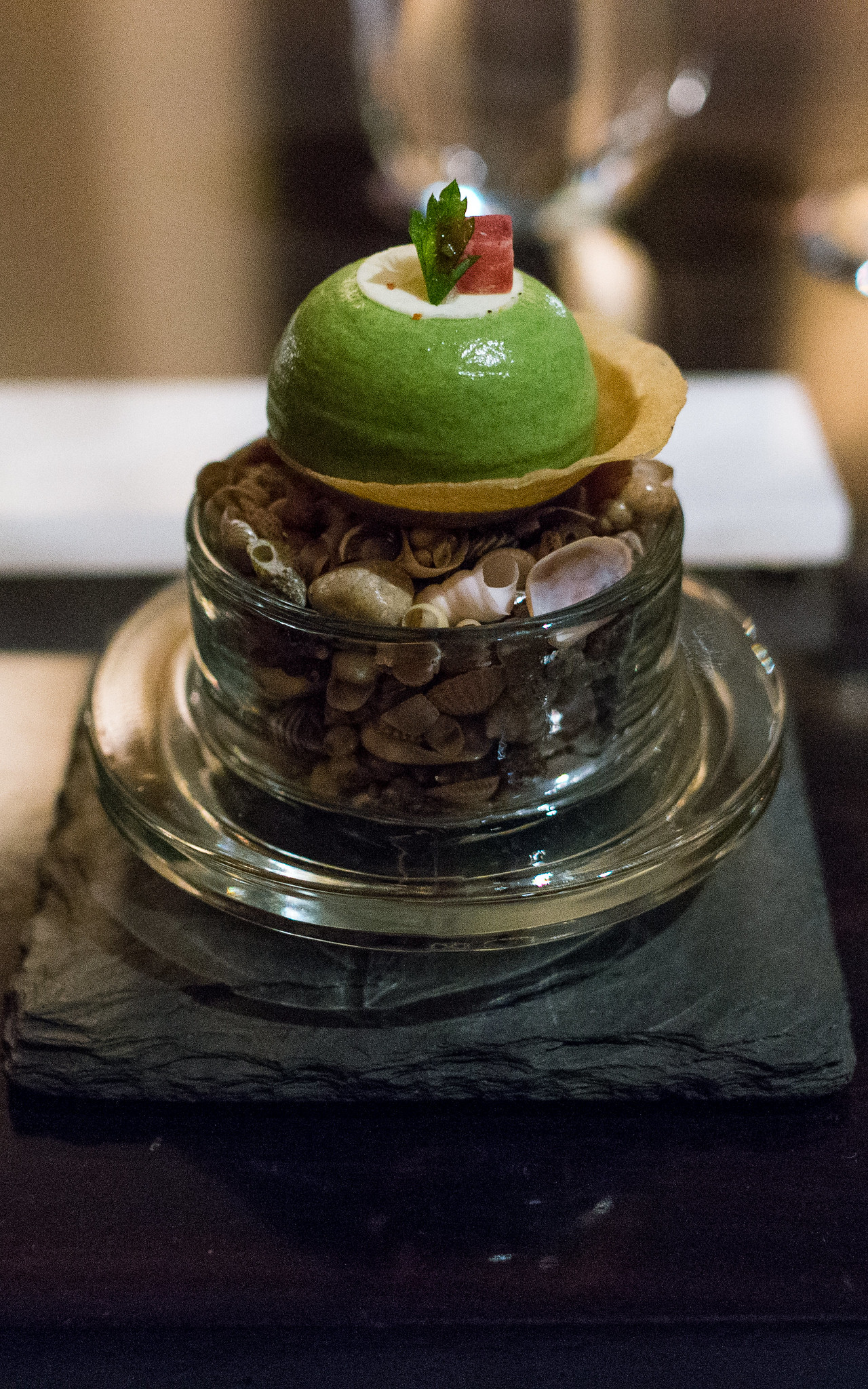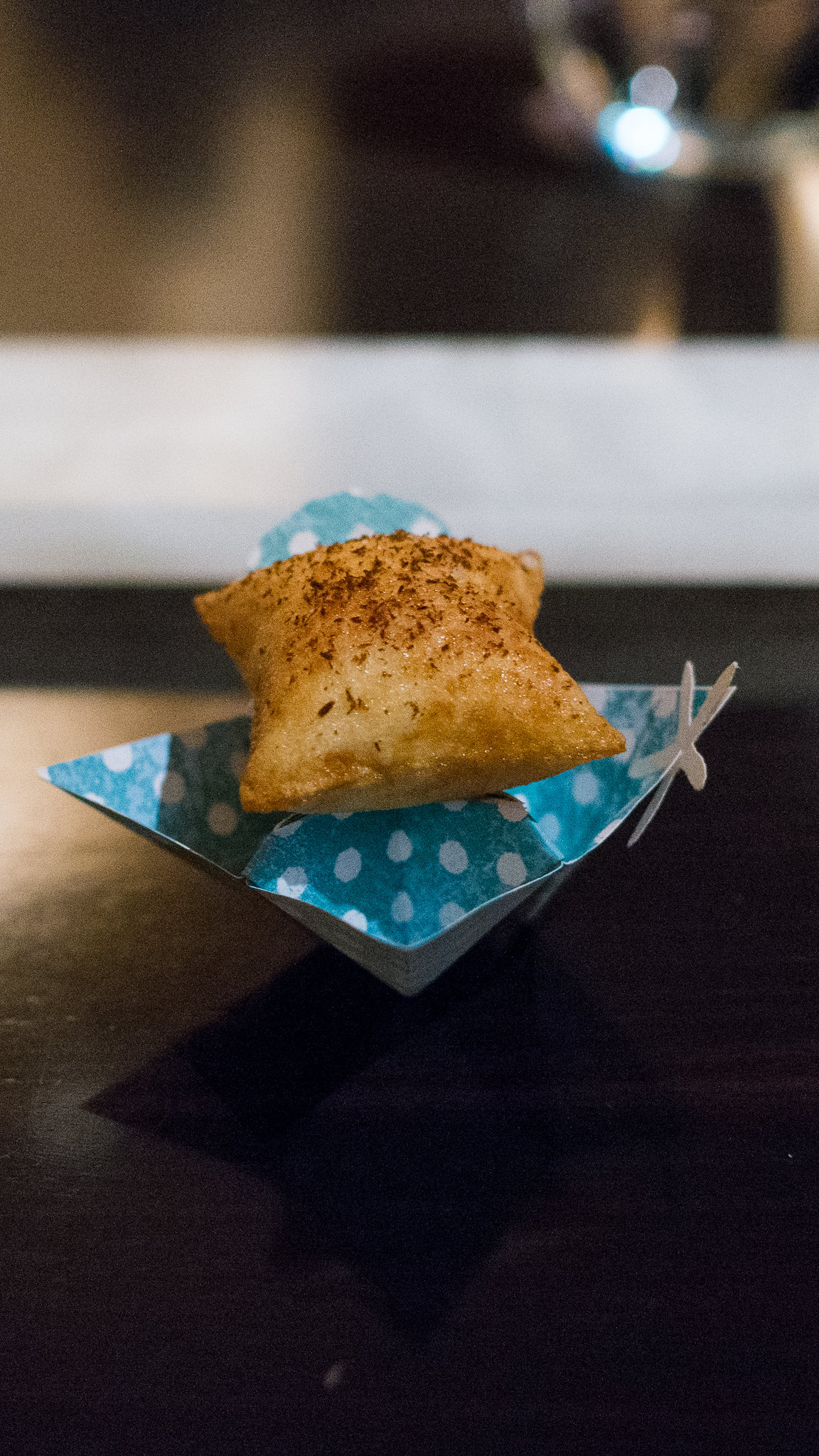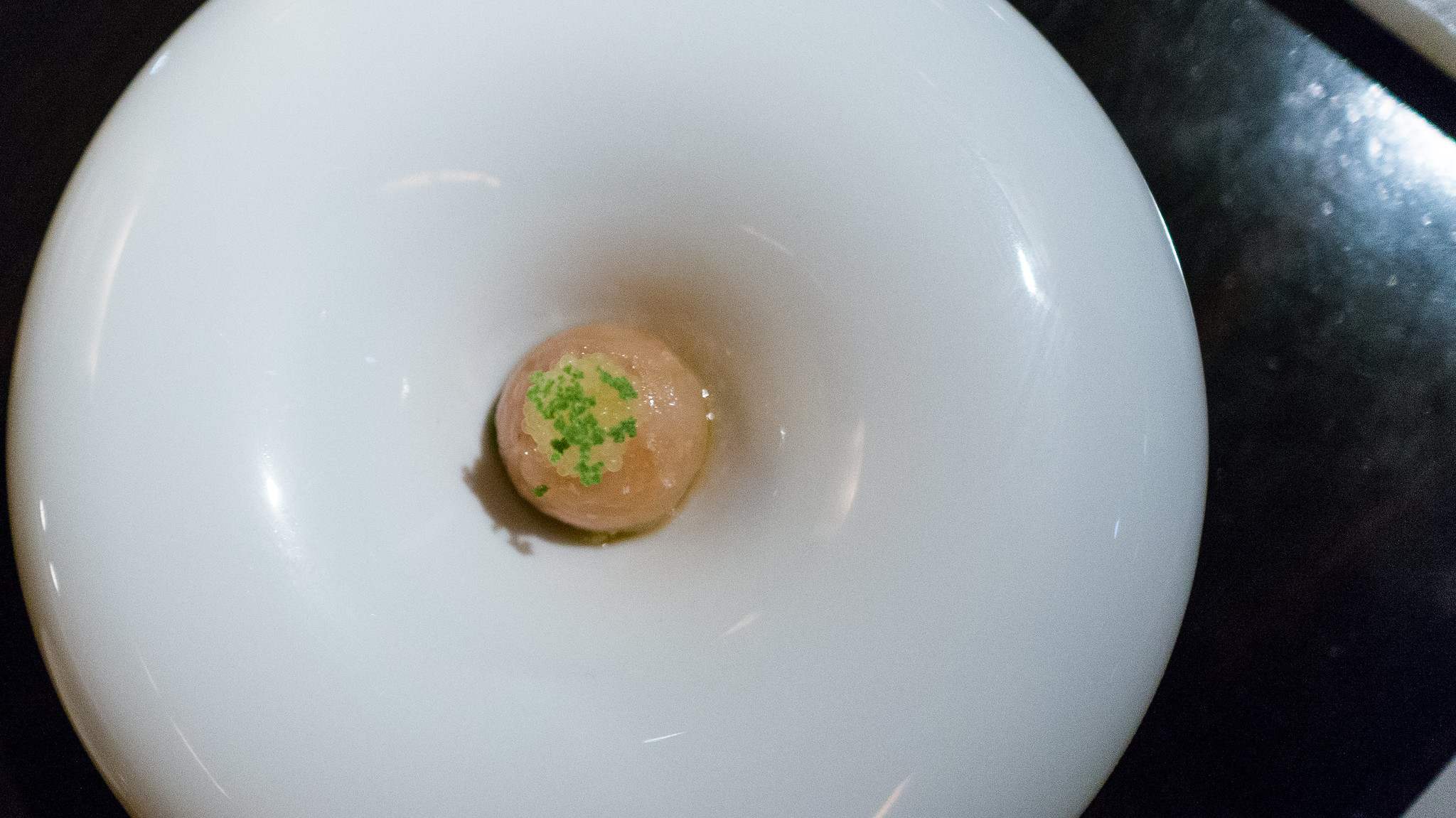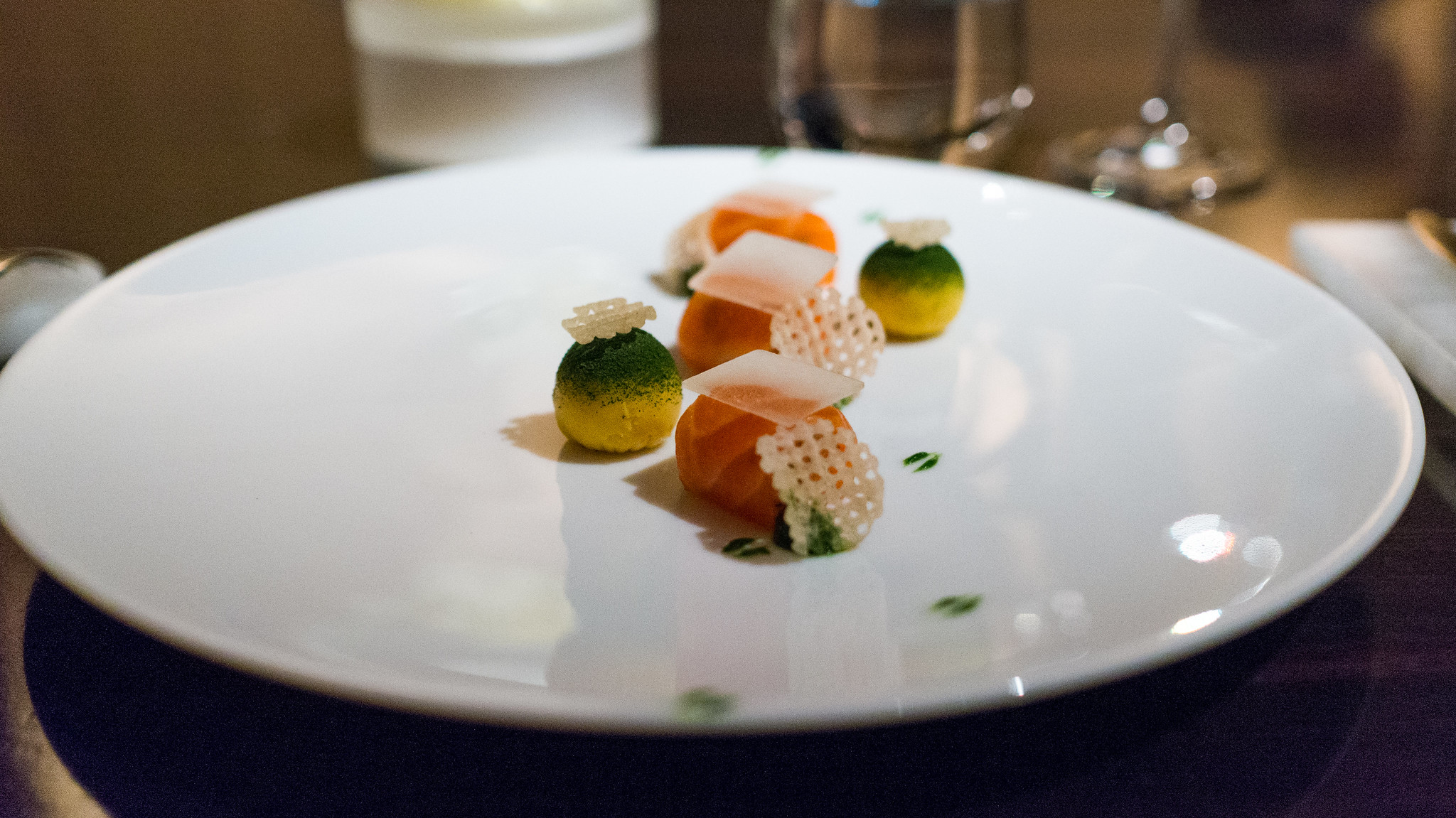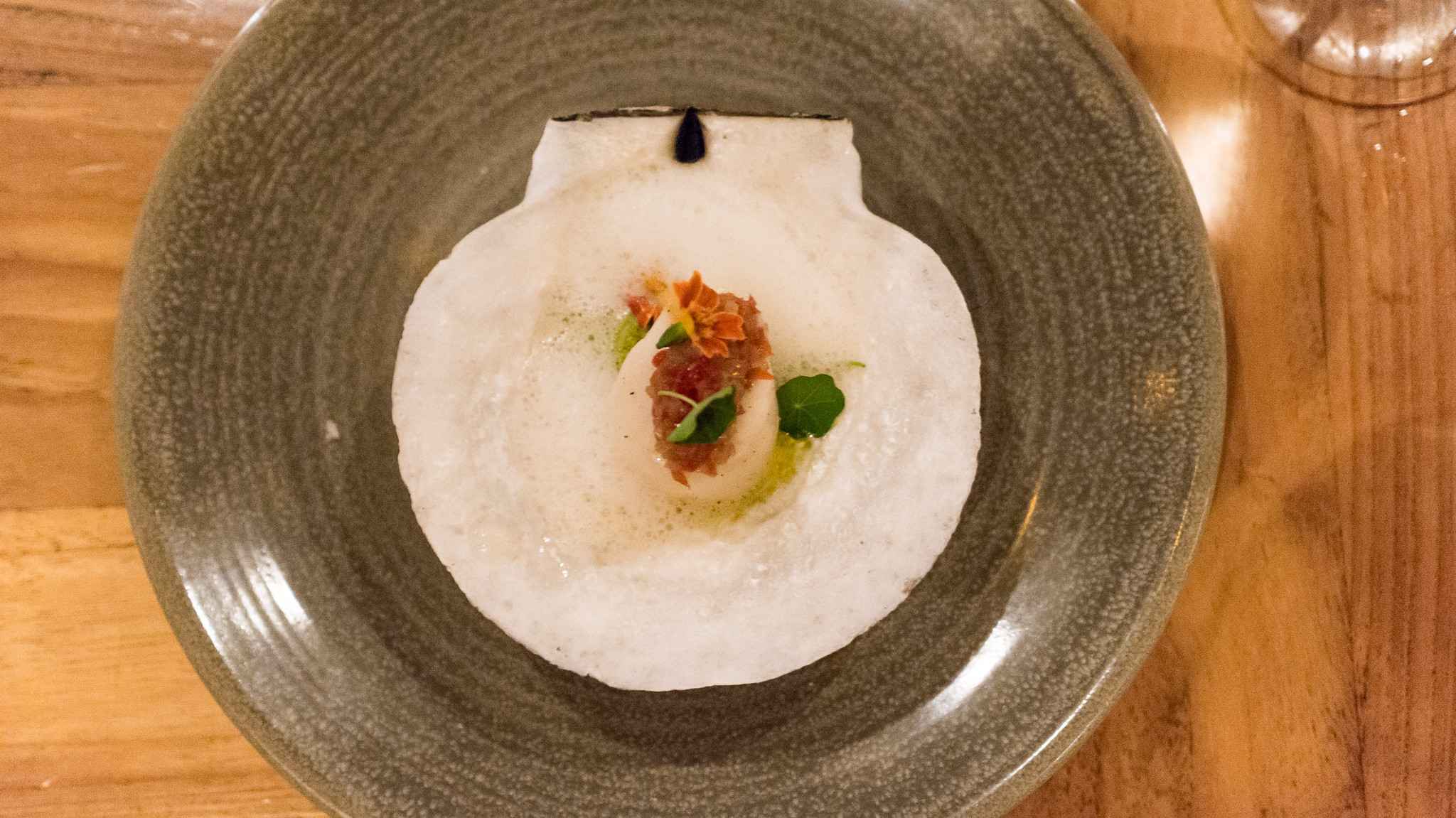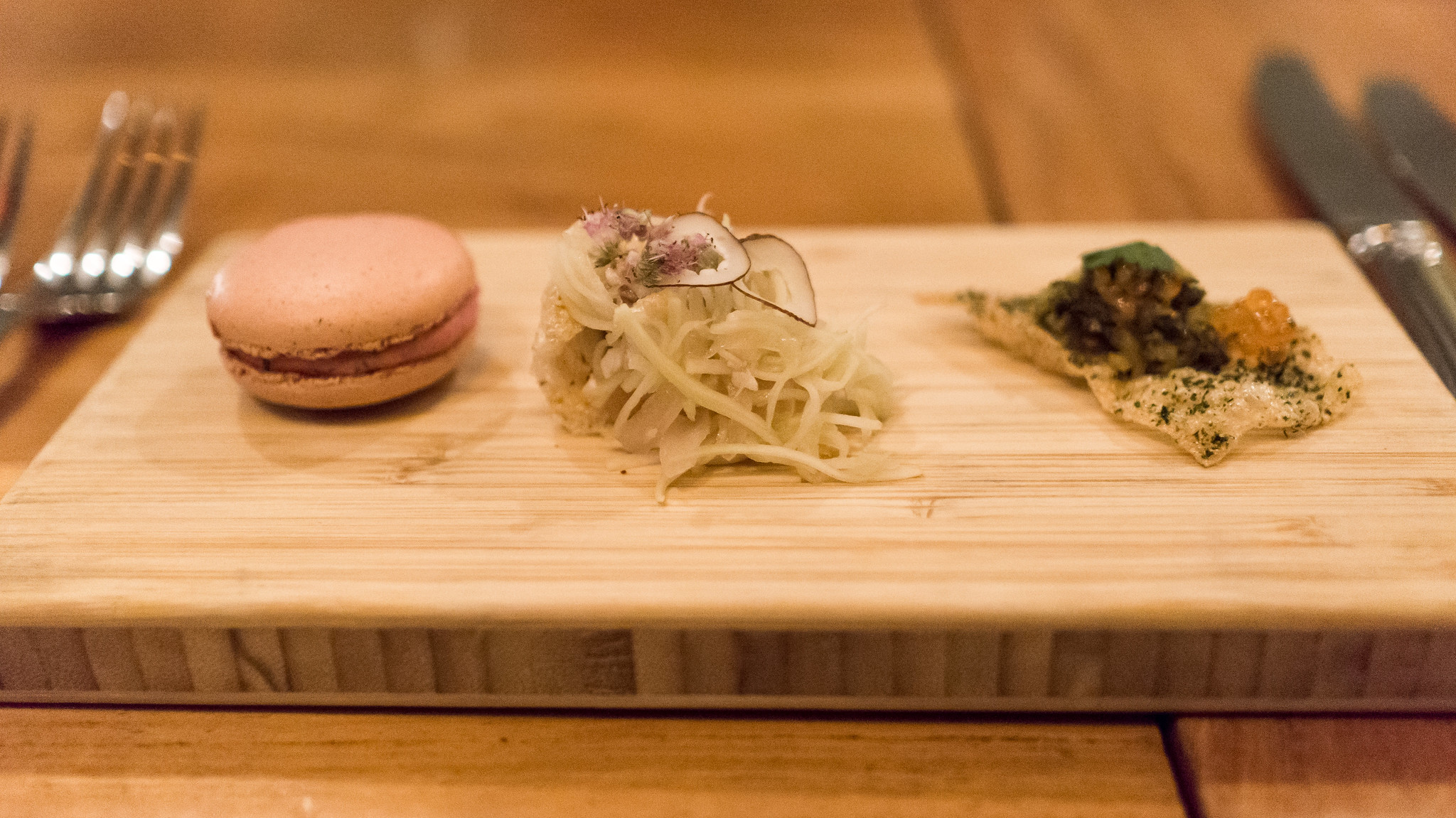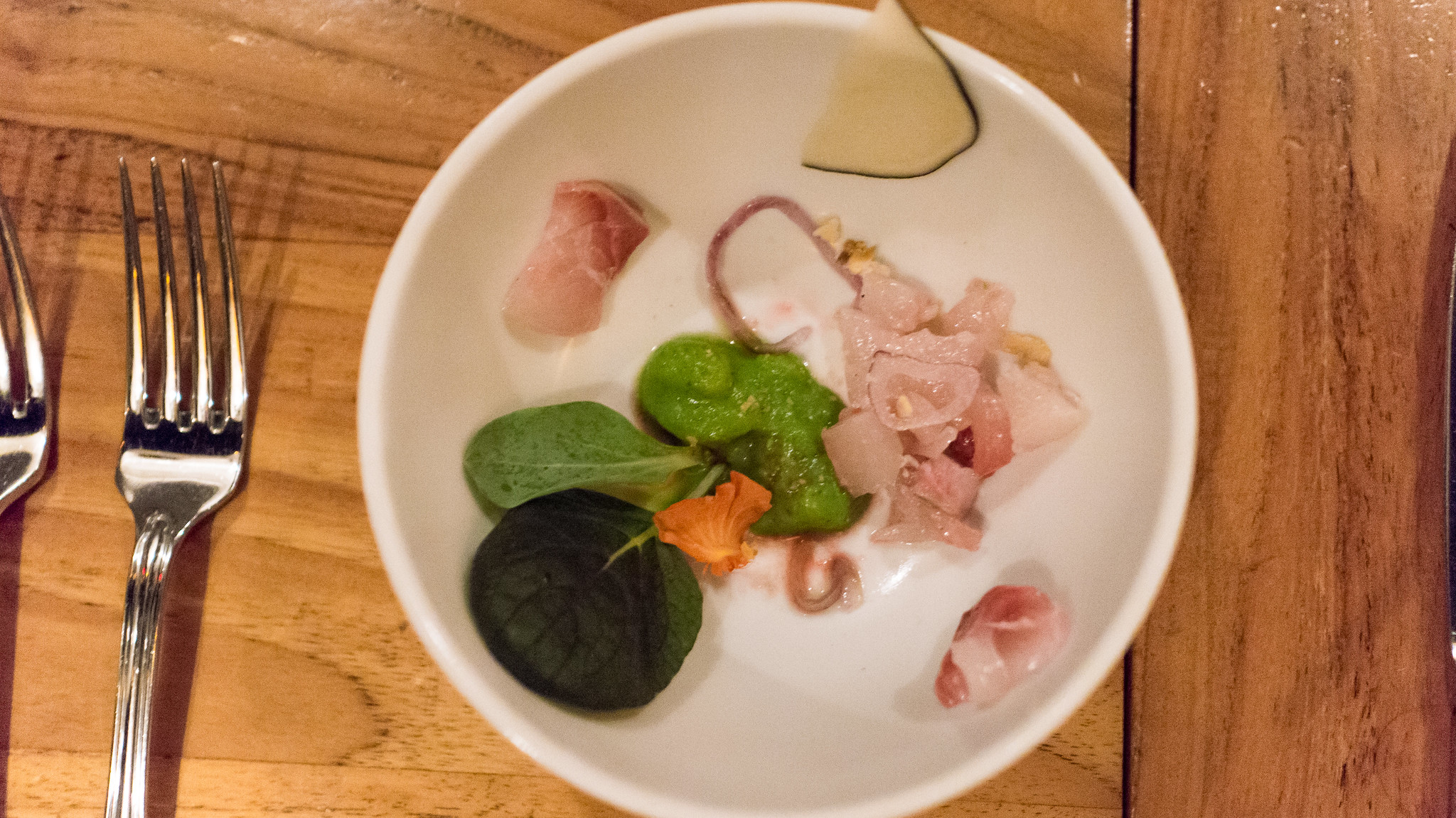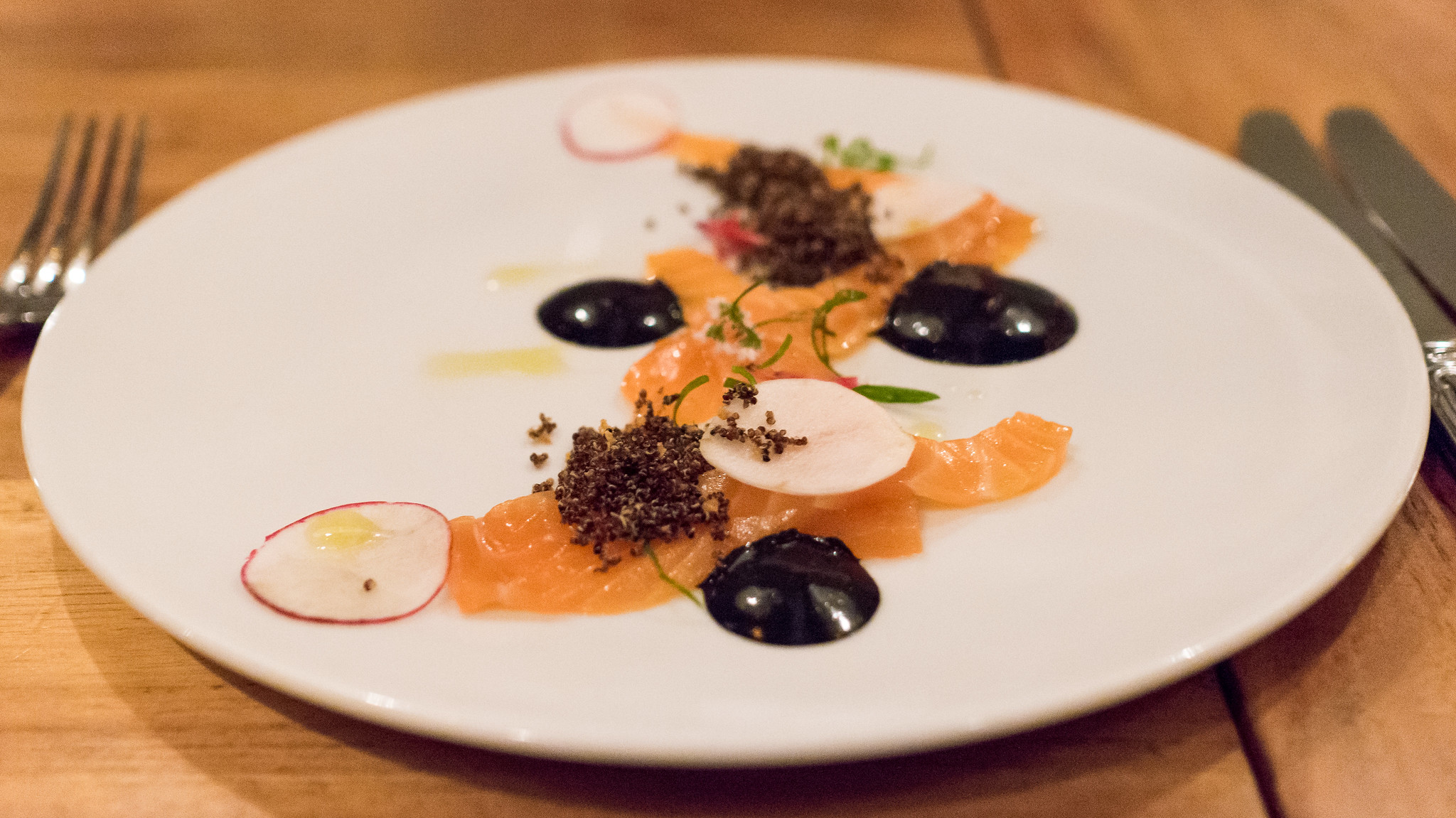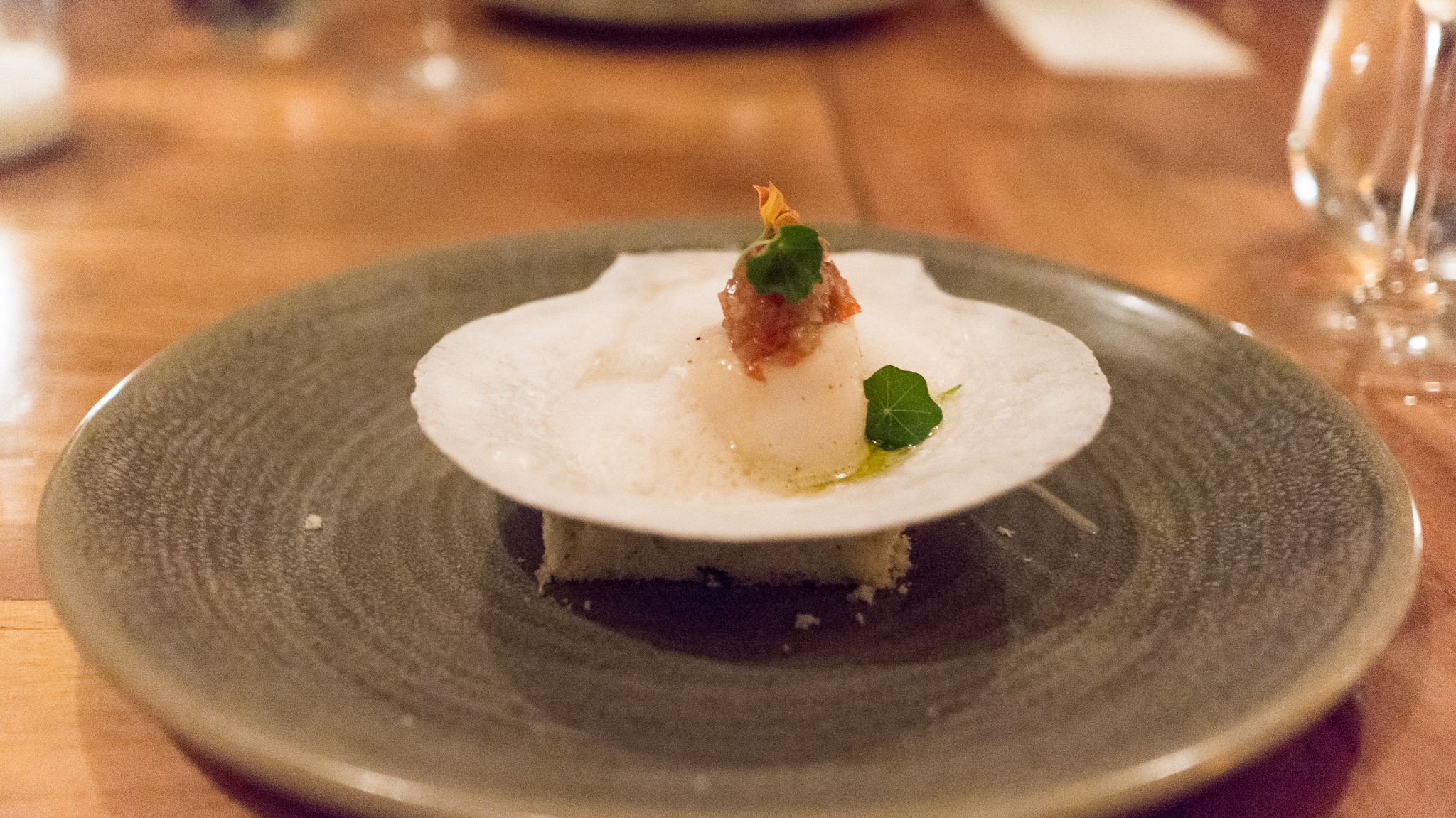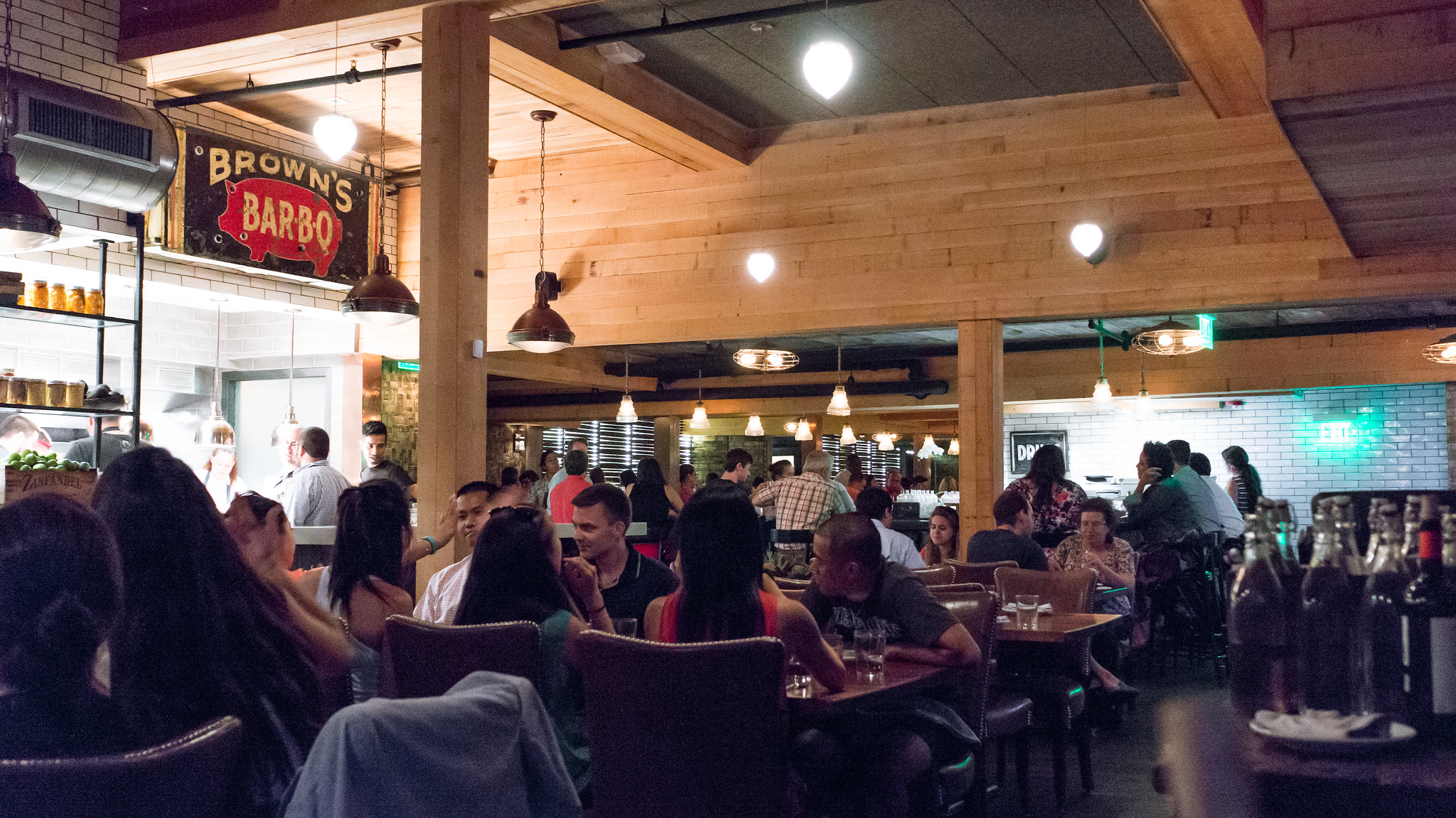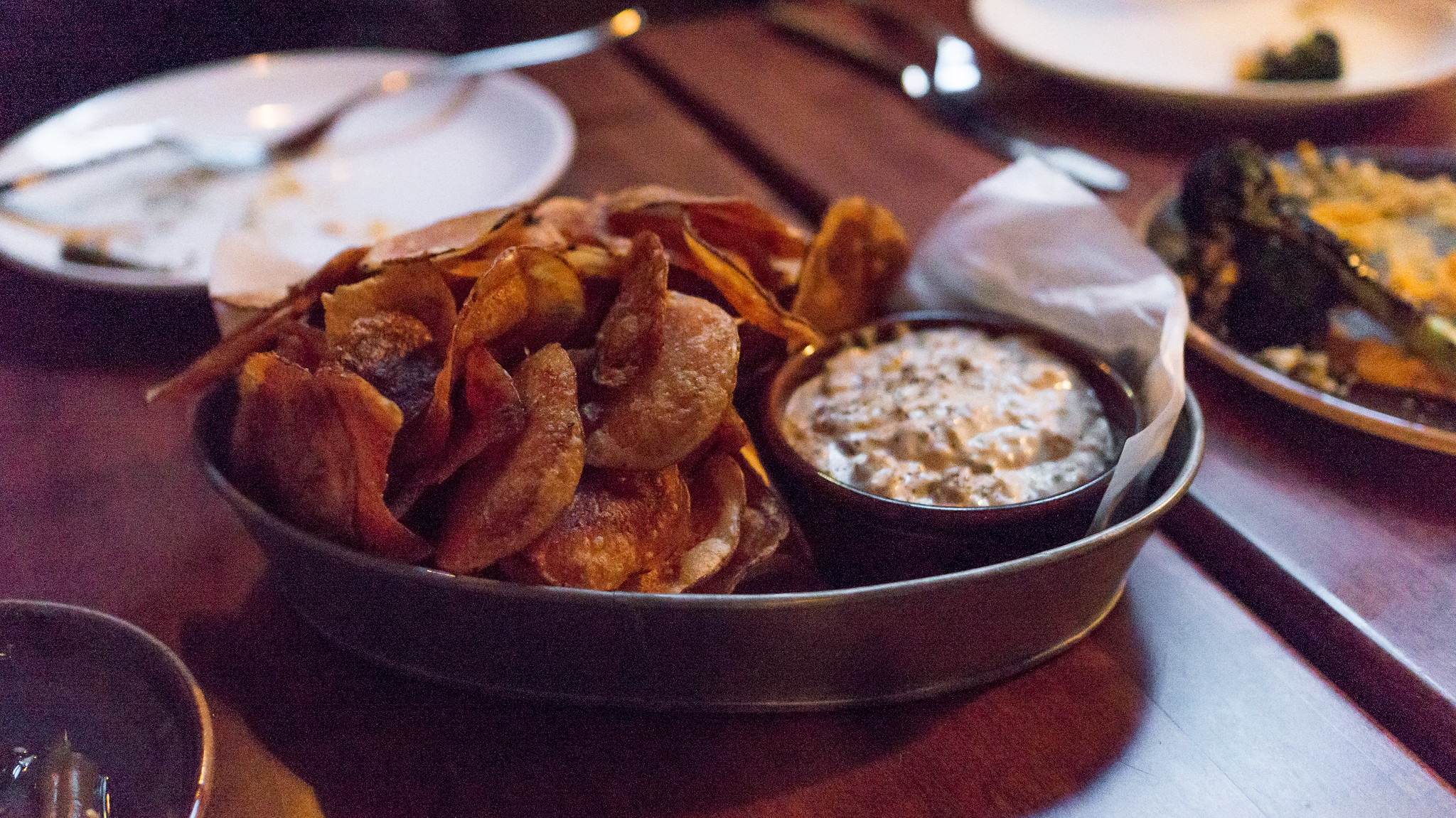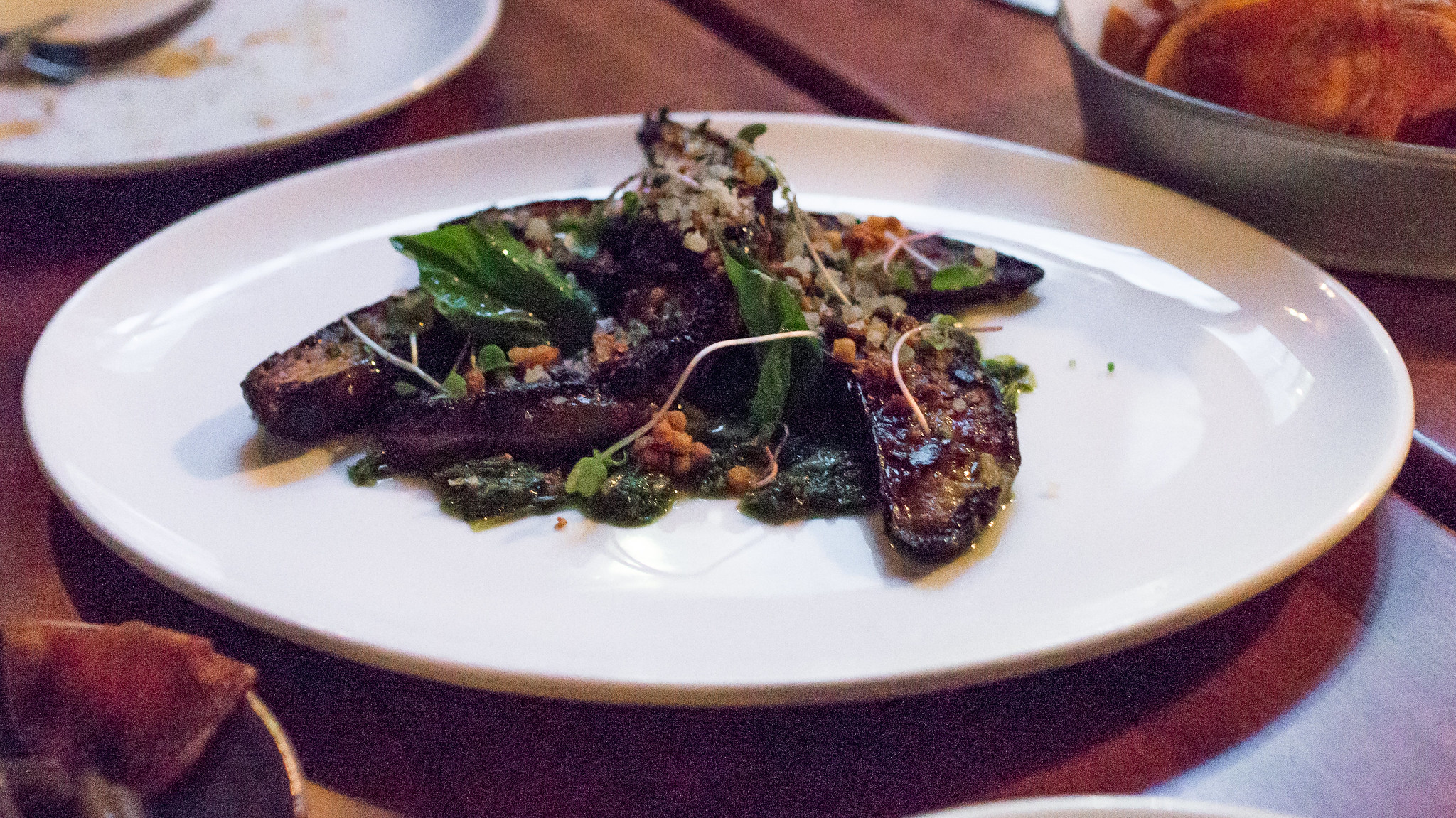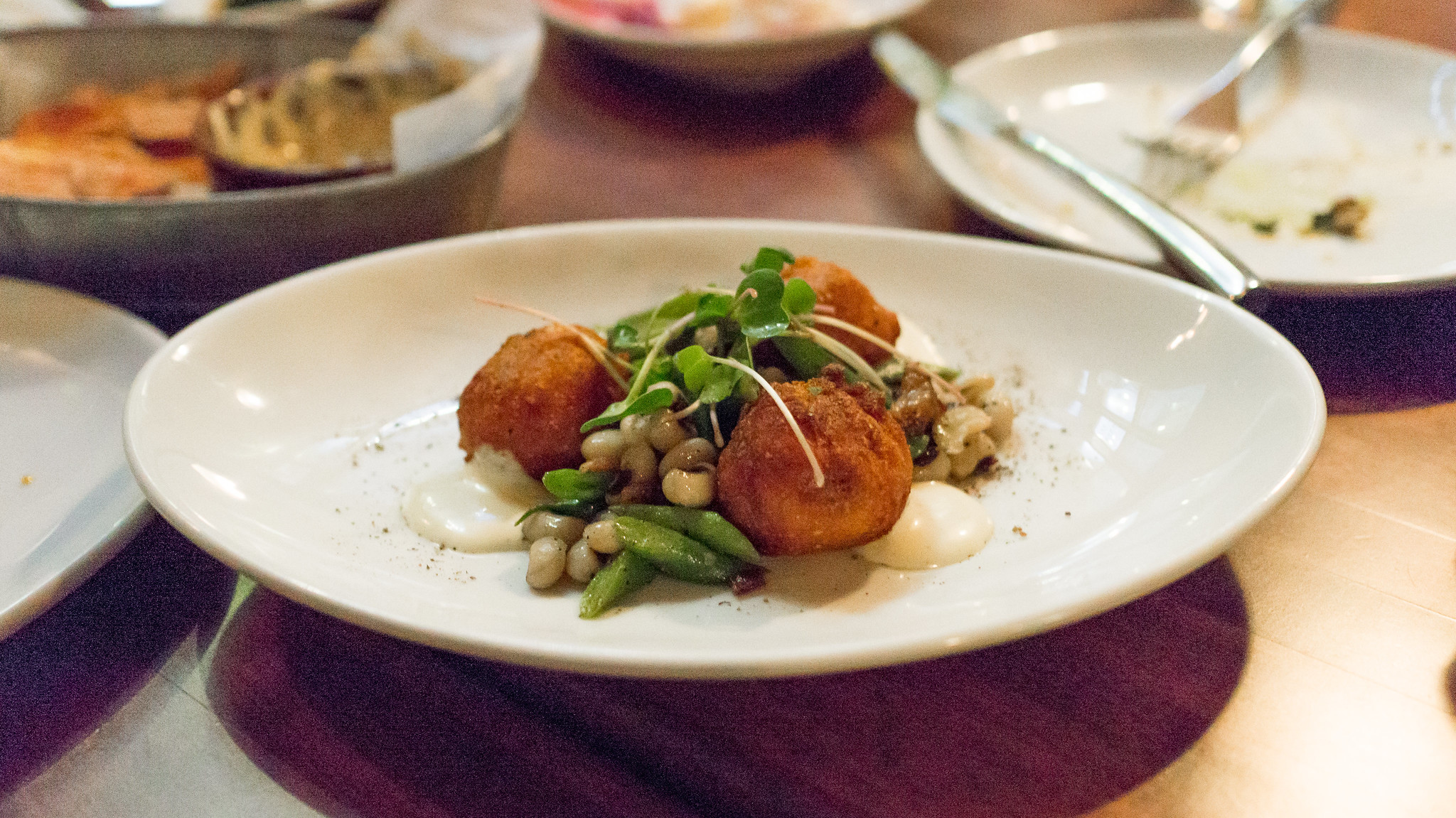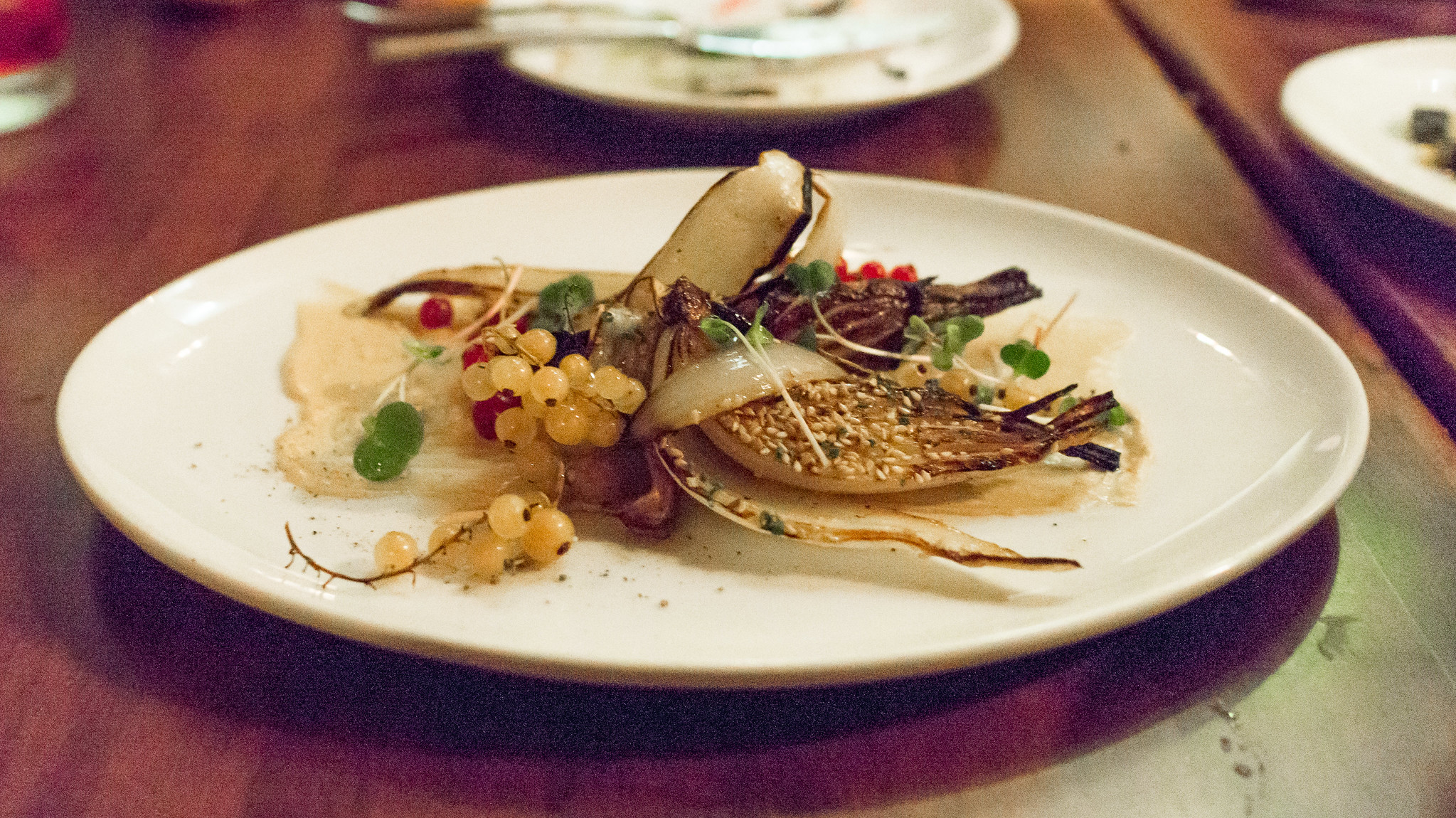I was looking forward to writing about my meal at L2O in Chicago last month. I didn't realize it was going to be a eulogy.
L2O first vaulted to prominence in 2008, when the Lettuce Entertain You Enterprises group lured chef Laurent Gras from San Francisco to open a high-end, seafood-focused restaurant in Chicago. In 2010, L2O earned three Michelin stars; that same month, Gras left. The next year, Matthew Kirkley took over as chef de cuisine and eventually was elevated to executive chef. Many quietly said that the restaurant under Kirkley was every bit as good – if not better – than under Gras' reign.
Now comes news that the restaurant will be closing at the end of the year. On one hand, it's a big surprise: L2O is one of the city's – and country's – most highly regarded restaurants, even if it doesn't seem to draw the same quantum of attention as the venues of Chicago royalty like Grant Achatz, Rick Bayless, and Paul Kahan. On the other hand, L2O always seemed an odd fit with LEYE, which is better known (to me, anyway) for crowd-pleaser type places like Cafe Ba-Ba-Reeba and Shaw's Crab House. LEYE's founder, Rich Melman, seemed to confirm as much:
"(L2O) had never been a money maker for us," Melman says. "As with all restaurants, it's all about volume. I don't want to do four-star restaurants anymore, at least for the foreseeable future. Three partners came out of L2O and it was successful in that way."Surprise or not, L2O's imminent closing is a disappointment: this was one of the most pleasing, satisfying meals I've had all year. It's a shame it will be my only chance to experience it.
(You can see all my pictures in this L2O flickr set.)
The tasting menu[1] starts with a series of snacks. The first is a sort of ode to Chesapeake Bay (Chef Kirkley is a Baltimore native): a few precariously balanced wafers with the puffy texture of Chinese shrimp chips, but the intense, pronounced flavors of crab and Old Bay seasoning. Next, a mussel "tart," the mollusks' flavor infused into a quivering mousse brightened with parsley and citrus, nestled in a crispy shell. Then, a puffy pomme souflée, ingeniously filled with a creamy salt cod brandade, and dusted with coffee and bergamot for a pleasingly bitter counterpoint.
Maybe it was brought into sharper focus by comparison to the theatrical pyrotechnics of Alinea, where I'd eaten the night before, but there's an austerity and minimalism to Kirkley's style that I really appreciated. Most courses featured only a few primary ingredients, the flavors of which were honed, concentrated, and often reiterated within the dish. Indeed, the composition of many plates was similar: a fish or seafood item as the primary focus, sometimes a bit of animal fat to provide richness and extend flavors, often a sauce extracted from the primary ingredients, an accent note of herb or citrus.
That pattern was set in this first course, a pink ball of langoustine[2] tartare, enriched with lardo and brightened with pickled lemon and English pea. This was followed by a Kusshi oyster, nestled in its shell under a bed of green apple and vermouth creams, and presented like some nautical bric-a-brac from Shell City. Pinkish orange ocean trout was lightly cured, presented in silky, supple ribbons complemented by the delicate but intense flavors of Chartreuse, citrus confit and airy little gougere-like poufs dusted with fines herbes.
(continued ...)


